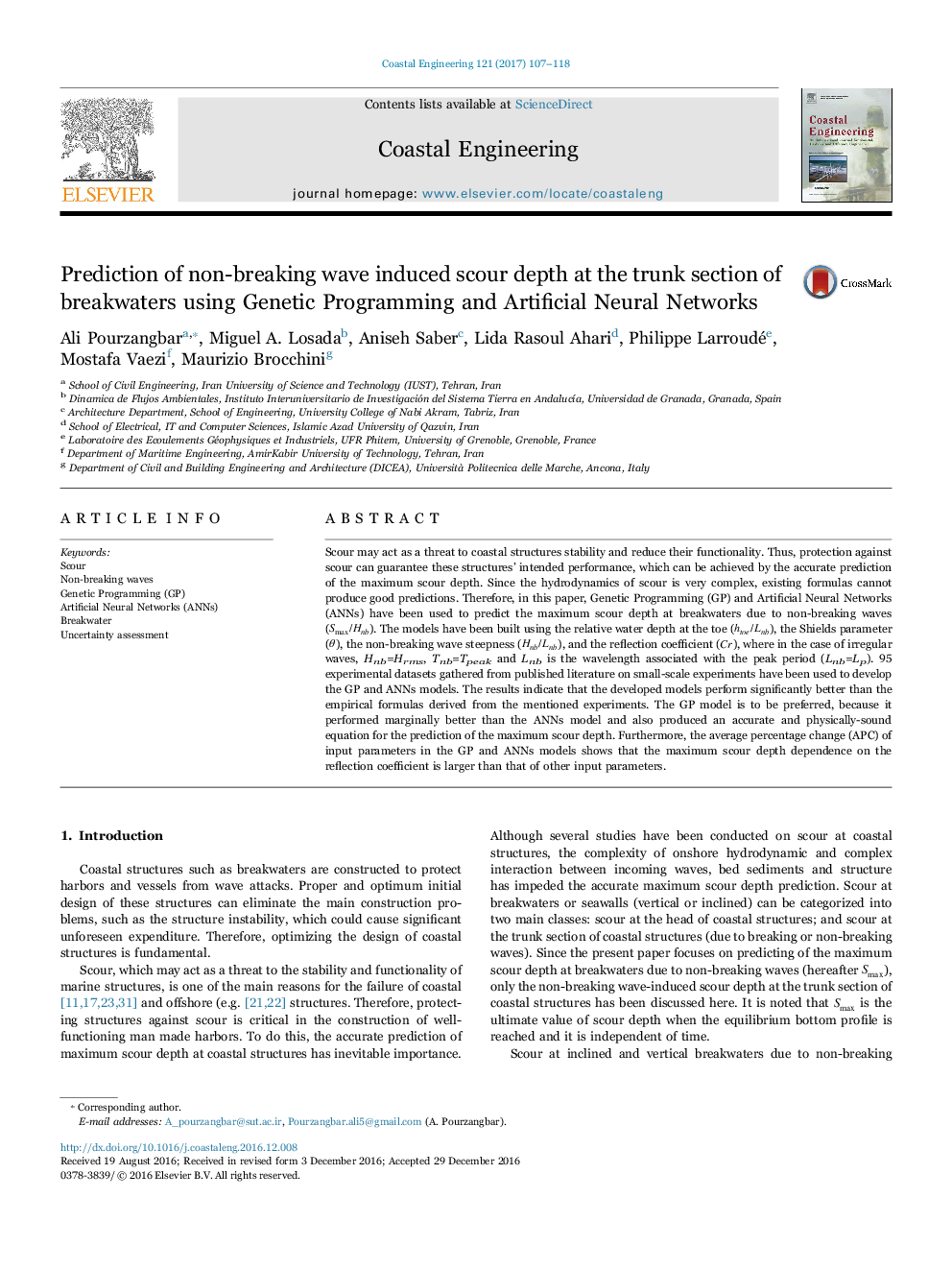ترجمه فارسی عنوان مقاله
پیش بینی عدم عمق آبشستگی ناشی از موج شکستگی در بخش تنه موج شکن با استفاده از برنامه های ژنتیک و شبکه های عصبی مصنوعی
عنوان انگلیسی
Prediction of non-breaking wave induced scour depth at the trunk section of breakwaters using Genetic Programming and Artificial Neural Networks
| کد مقاله | سال انتشار | تعداد صفحات مقاله انگلیسی |
|---|---|---|
| 151495 | 2017 | 12 صفحه PDF |
منبع

Publisher : Elsevier - Science Direct (الزویر - ساینس دایرکت)
Journal : Coastal Engineering, Volume 121, March 2017, Pages 107-118

